Home>Gardening & Outdoor>Plant Care & Gardening Tips>What Is The Florida State Wildflower
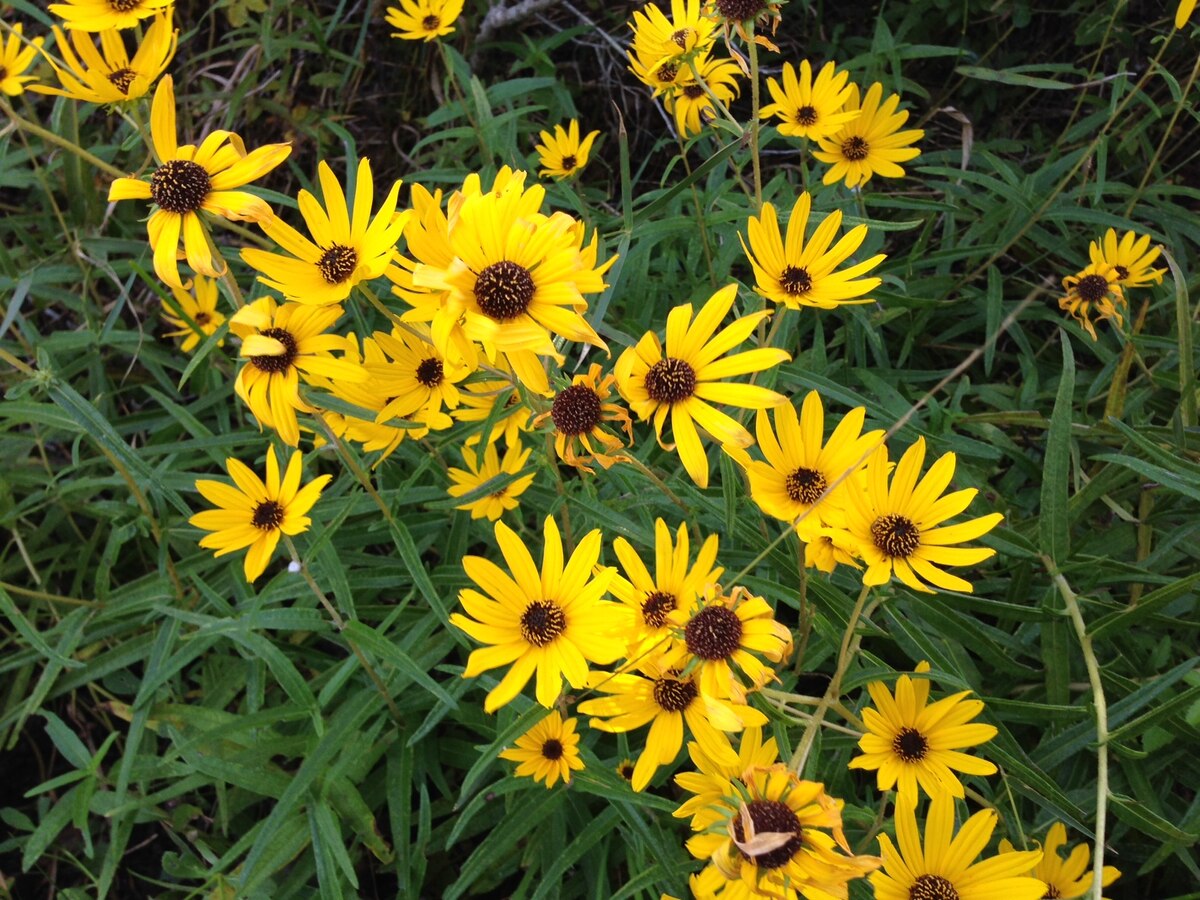

Plant Care & Gardening Tips
What Is The Florida State Wildflower
Modified: January 4, 2024
Learn about the Florida State Wildflower and get expert plant care and gardening tips. Discover how to cultivate and care for this beautiful native flower.
(Many of the links in this article redirect to a specific reviewed product. Your purchase of these products through affiliate links helps to generate commission for Storables.com, at no extra cost. Learn more)
Introduction
Introduction
The Florida State Wildflower, also known as Coreopsis, is a vibrant and cherished symbol of the state's natural beauty. With its stunning golden blooms and resilience in the face of diverse environmental conditions, this wildflower holds a special place in the hearts of Floridians and nature enthusiasts alike. In this article, we delve into the captivating history, unique characteristics, significance, and conservation efforts surrounding the Florida State Wildflower. Join us on a journey through the fascinating world of this iconic floral emblem and discover the wonders it brings to the Sunshine State.
History of the Florida State Wildflower
Key Takeaways:
- The Florida State Wildflower, or Coreopsis, is a resilient and vibrant symbol of Florida’s natural beauty, supporting ecosystems and captivating hearts with its golden blooms.
- Efforts to conserve the Florida State Wildflower, such as habitat preservation and public awareness, ensure its enduring presence and ecological contributions to the Sunshine State.
Read more: What Is The State Wildflower
History of the Florida State Wildflower
The Florida State Wildflower, or Coreopsis, was officially designated as the state wildflower in 1991. This vibrant and resilient flower was chosen to represent the state’s natural heritage and beauty. However, the history of Coreopsis in Florida dates back much further, intertwining with the state’s rich ecological tapestry.
Native Americans, including the Seminole and Miccosukee tribes, recognized the value of Coreopsis long before it became the state wildflower. They used its bright petals for decorative and ceremonial purposes, appreciating its cheerful presence in the landscape. As European settlers arrived in Florida, they too were captivated by the beauty of Coreopsis, integrating it into their own horticultural practices.
Throughout the years, Coreopsis continued to thrive in Florida’s diverse ecosystems, from pine flatwoods to coastal dunes, becoming an enduring symbol of the state’s natural abundance. Its widespread presence and enduring allure ultimately led to its designation as the Florida State Wildflower, a testament to its significance in the state’s ecological and cultural heritage.
Today, the Florida State Wildflower stands as a proud emblem of the state’s commitment to preserving its natural landscapes and celebrating the unique flora that graces its fields and forests.
Characteristics of the Florida State Wildflower
Characteristics of the Florida State Wildflower
The Florida State Wildflower, or Coreopsis, is a striking and resilient plant known for its distinctive characteristics and ecological adaptability. Here are some key traits that define this beloved wildflower:
- Vibrant Blooms: Coreopsis is renowned for its brilliant golden-yellow blooms, which blanket meadows and roadsides with a burst of color. These cheerful flowers not only attract pollinators but also bring joy to all who encounter them.
- Drought Tolerance: One of Coreopsis’s most remarkable attributes is its ability to thrive in dry, arid conditions. This resilience makes it well-suited for Florida’s climate, where periods of drought are not uncommon.
- Long Blooming Period: The Florida State Wildflower boasts a prolonged blooming season, gracing the landscape with its radiant flowers from early spring well into the summer months. This extended display of color adds vibrancy to Florida’s natural surroundings.
- Wildlife Habitat: Coreopsis serves as a vital resource for native wildlife, offering nectar to bees, butterflies, and other pollinators. Its presence contributes to the overall biodiversity of Florida’s ecosystems.
- Low Maintenance: As a native wildflower, Coreopsis requires minimal maintenance, making it an ideal choice for sustainable landscaping and naturalistic garden designs. Its adaptability and undemanding nature make it a valuable addition to both residential and public green spaces.
These characteristics collectively define the Florida State Wildflower as a resilient, visually captivating, and ecologically valuable species that embodies the spirit of Florida’s natural landscapes.
Importance of the Florida State Wildflower
The Florida state wildflower is the Coreopsis. It is a bright and cheerful flower that is commonly found in fields and along roadsides throughout the state.
Importance of the Florida State Wildflower
The Florida State Wildflower, also known as Coreopsis, holds profound ecological, cultural, and aesthetic significance, contributing to the state’s natural heritage in numerous ways. Here are several key aspects highlighting the importance of this iconic wildflower:
- Ecosystem Support: Coreopsis plays a crucial role in supporting Florida’s diverse ecosystems by providing nectar and pollen for a wide array of pollinators, including bees, butterflies, and other beneficial insects. Its presence contributes to the overall health and resilience of native plant communities.
- Cultural Symbolism: As the official state wildflower, Coreopsis embodies the spirit of Florida’s natural beauty and serves as a symbol of pride for residents and visitors alike. Its vibrant blooms have become synonymous with the state’s picturesque landscapes and ecological richness.
- Landscaping and Horticulture: The visual appeal and adaptability of Coreopsis make it a popular choice for landscaping and horticultural purposes. Whether planted in gardens, roadside beautification projects, or naturalistic landscapes, this wildflower enhances the aesthetic appeal of outdoor spaces while requiring minimal maintenance.
- Education and Awareness: By showcasing the beauty and ecological value of Coreopsis, the Florida State Wildflower raises awareness about the importance of native flora and the need for conservation efforts. It serves as an educational tool, inspiring individuals to appreciate and protect the state’s natural resources.
- Conservation and Biodiversity: Preserving Coreopsis and its native habitat is essential for maintaining biodiversity and safeguarding the ecological balance in Florida. The wildflower’s significance extends beyond its visual allure, contributing to the overall health of the state’s natural environment.
These facets collectively underscore the profound importance of the Florida State Wildflower, emphasizing its role in supporting ecosystems, celebrating cultural heritage, enhancing landscapes, fostering awareness, and contributing to the conservation of Florida’s natural splendor.
Conservation of the Florida State Wildflower
Conservation of the Florida State Wildflower
Efforts to conserve the Florida State Wildflower, or Coreopsis, are integral to preserving the state’s natural biodiversity and safeguarding the ecological balance. Several initiatives and practices contribute to the conservation of this iconic wildflower:
- Habitat Preservation: Protecting the natural habitats where Coreopsis thrives is essential for its long-term survival. Conservation organizations and land management agencies work to maintain and restore the ecosystems that support this native wildflower, ensuring that it continues to flourish in its natural environment.
- Native Plant Landscaping: Encouraging the use of Coreopsis in landscaping and gardening promotes the conservation of this species. By incorporating native plants into urban and suburban landscapes, individuals contribute to the preservation of Coreopsis and its role in supporting local ecosystems.
- Seed Banking: Collecting and preserving seeds from wild populations of Coreopsis helps safeguard its genetic diversity and provides a resource for potential restoration and reintroduction efforts in areas where the species may be at risk.
- Public Awareness and Education: Raising awareness about the value of Coreopsis and the importance of native plant conservation fosters public support for preservation efforts. Educational programs, interpretive signage, and outreach initiatives contribute to a greater understanding of the significance of this wildflower and the need to protect its natural habitats.
- Collaborative Conservation Partnerships: Collaboration among government agencies, conservation organizations, botanical gardens, and community groups strengthens conservation initiatives for Coreopsis. By working together, stakeholders can implement effective strategies for the long-term protection of this iconic wildflower.
These conservation practices collectively contribute to the ongoing protection and sustainability of the Florida State Wildflower, ensuring that future generations can continue to marvel at its golden blooms and appreciate its ecological contributions to the Sunshine State.
Conclusion
Read more: What Is The State Wildflower Of Michigan?
Conclusion
The Florida State Wildflower, or Coreopsis, stands as a radiant symbol of Florida’s natural splendor and ecological resilience. From its rich historical significance to its vibrant golden blooms that adorn the state’s diverse landscapes, this iconic wildflower embodies the spirit of Florida’s unique natural heritage. Its importance extends beyond its visual allure, encompassing ecological support, cultural symbolism, and conservation significance.
As Floridians and nature enthusiasts continue to cherish and celebrate the presence of Coreopsis, it is essential to recognize the ongoing efforts to conserve and protect this beloved wildflower. By preserving its native habitats, promoting its use in sustainable landscaping, and raising public awareness about its ecological value, stakeholders contribute to the long-term sustainability of Coreopsis and the diverse ecosystems it supports.
Looking ahead, continued collaboration among conservation organizations, government agencies, and community members will be vital in ensuring the enduring presence of the Florida State Wildflower in the state’s natural tapestry. By fostering a deeper appreciation for Coreopsis and advocating for its conservation, individuals can play a meaningful role in safeguarding this iconic wildflower for generations to come.
As we embrace the beauty of the Florida State Wildflower and recognize its ecological importance, let us remain steadfast in our commitment to preserving and nurturing this cherished emblem of Florida’s natural landscapes. Through collective dedication and conservation efforts, we can ensure that Coreopsis continues to thrive, bringing joy, biodiversity, and a vibrant golden presence to the Sunshine State for years to come.
Frequently Asked Questions about What Is The Florida State Wildflower
Was this page helpful?
At Storables.com, we guarantee accurate and reliable information. Our content, validated by Expert Board Contributors, is crafted following stringent Editorial Policies. We're committed to providing you with well-researched, expert-backed insights for all your informational needs.
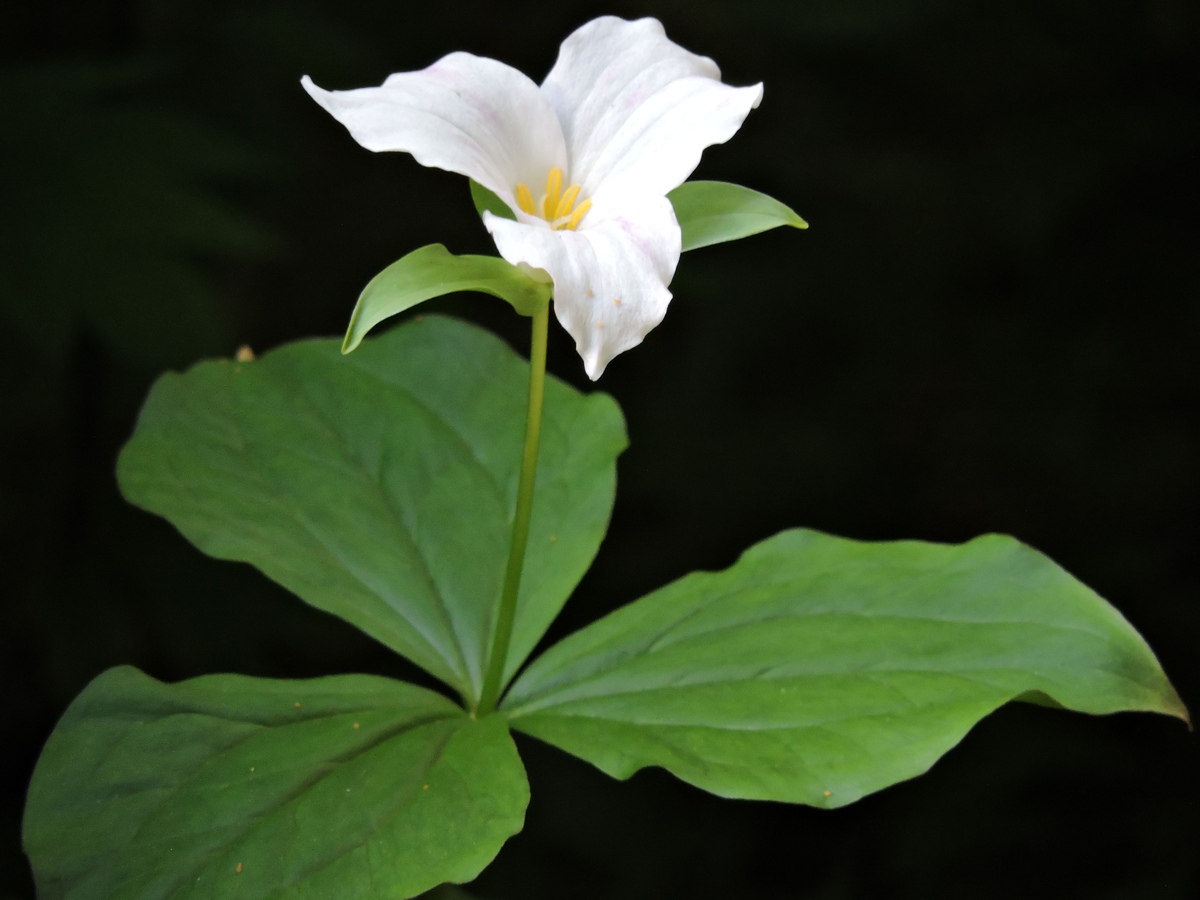

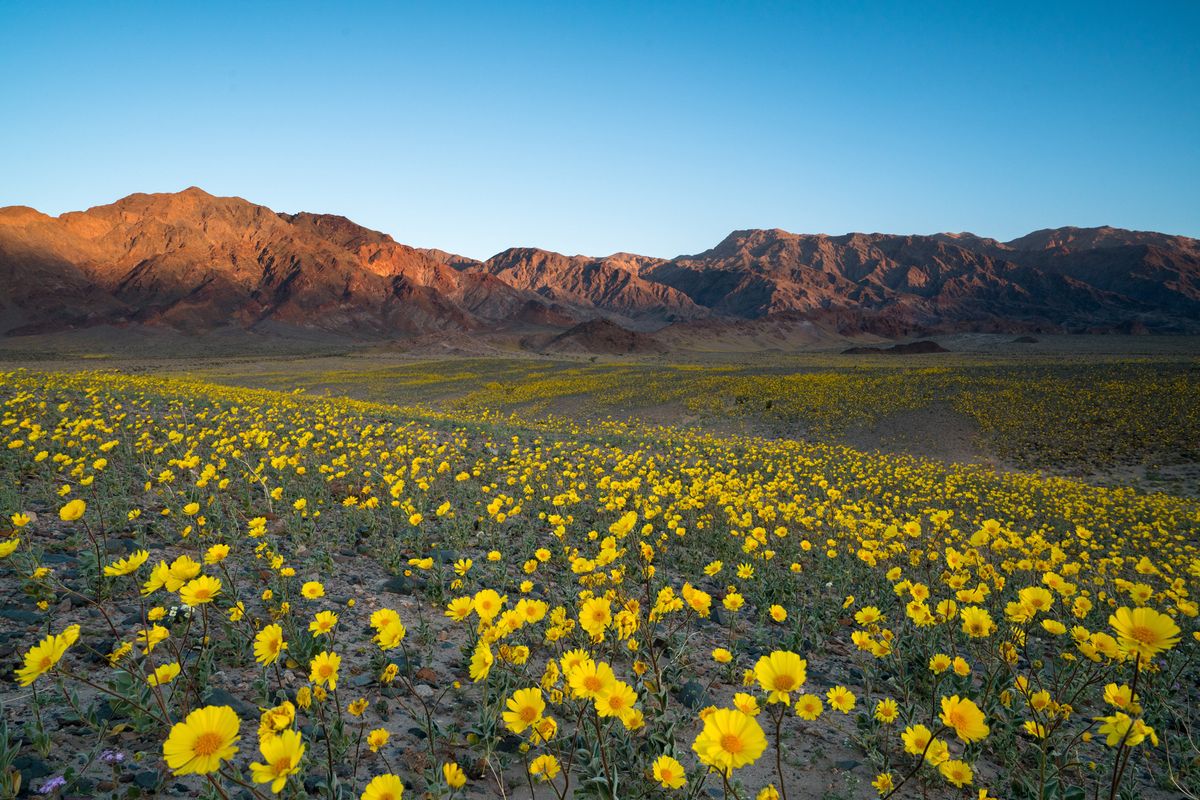
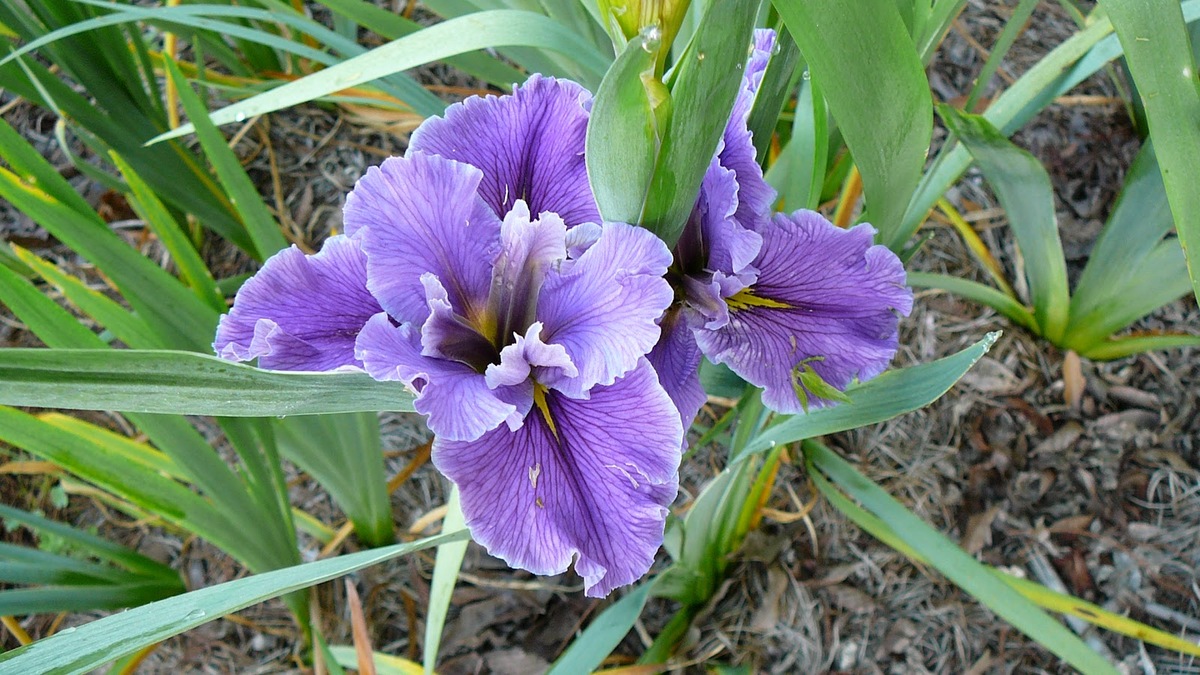


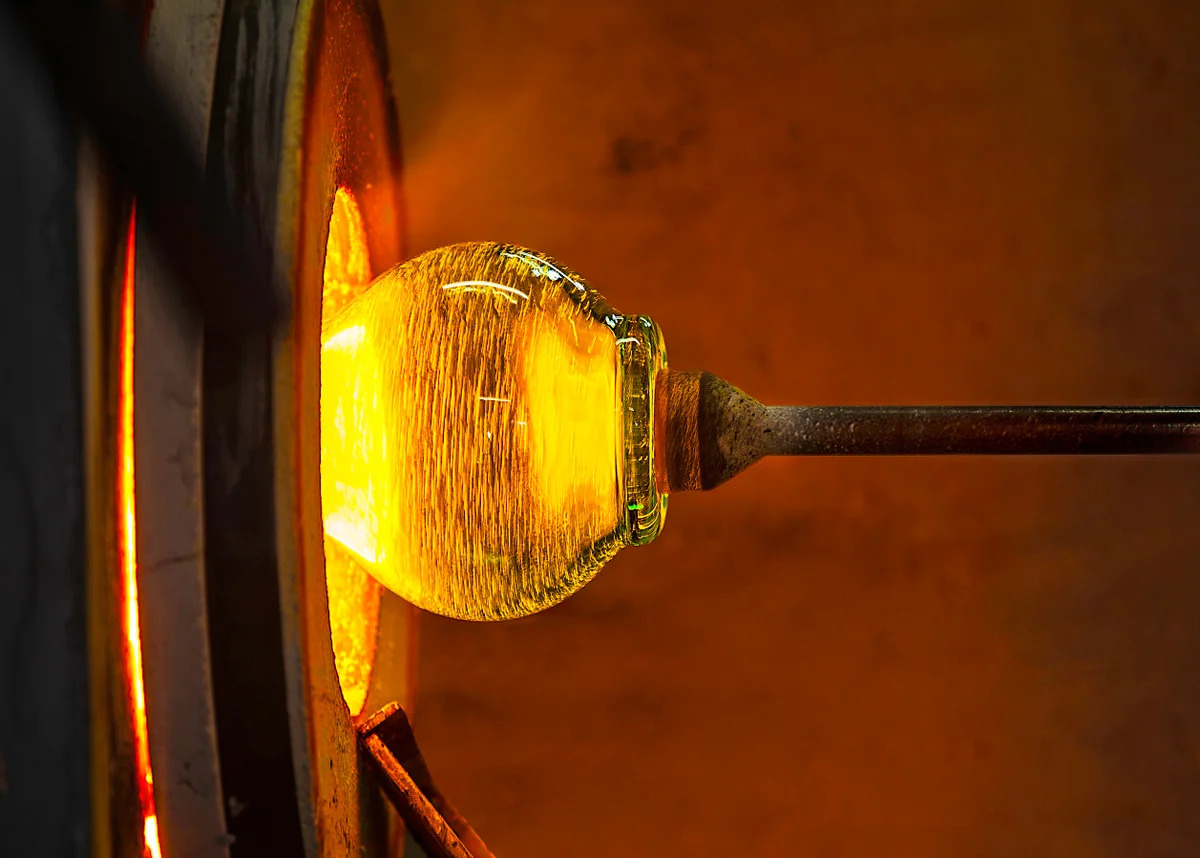
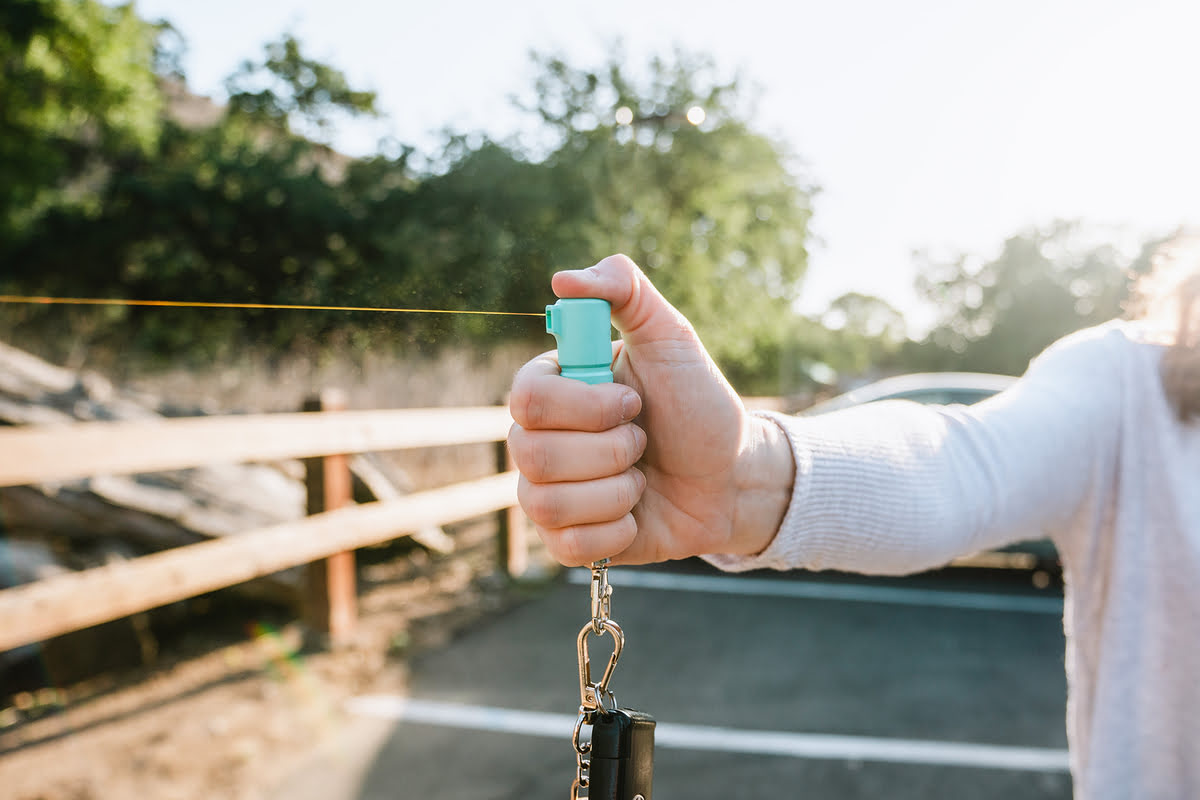

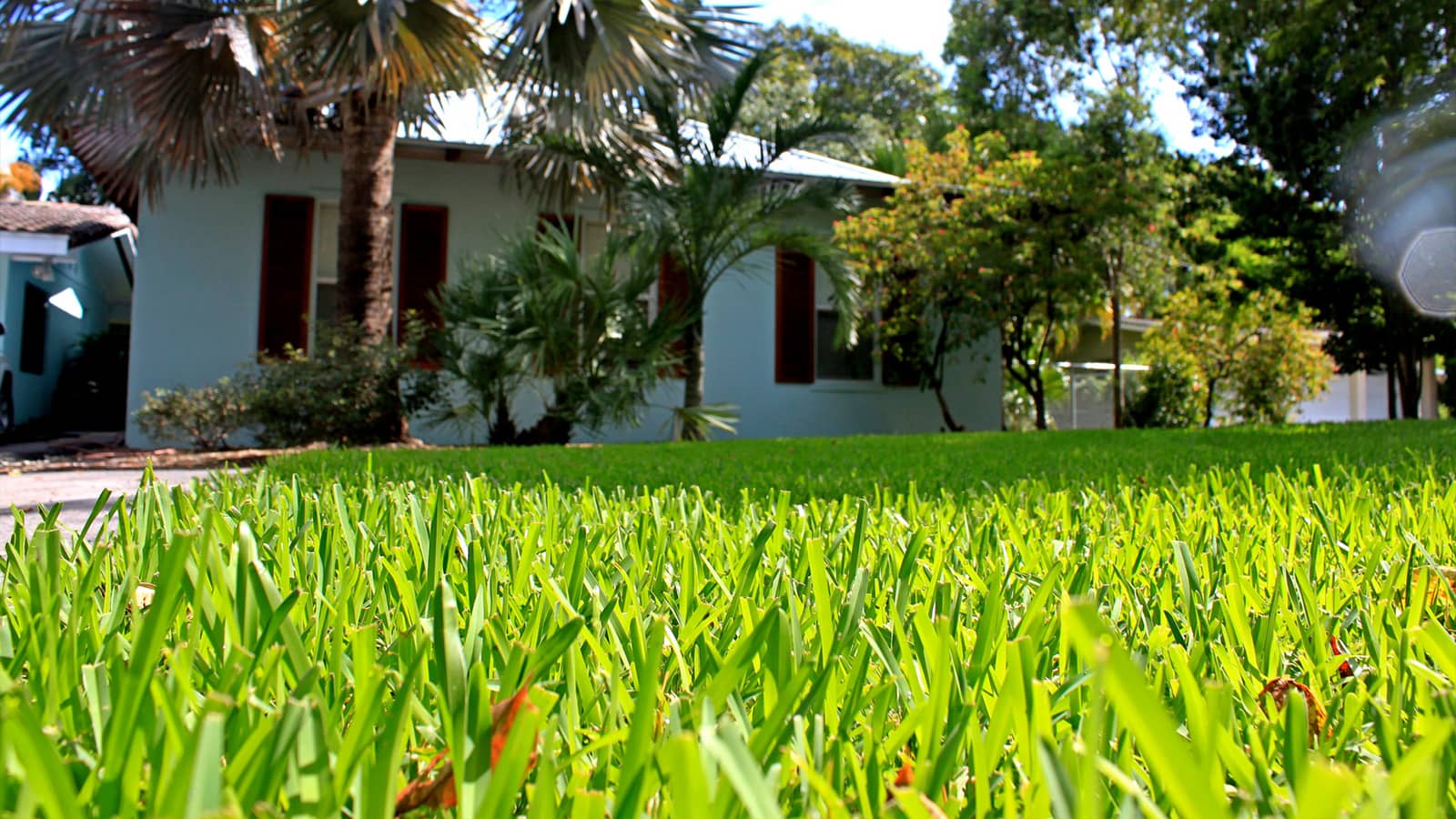
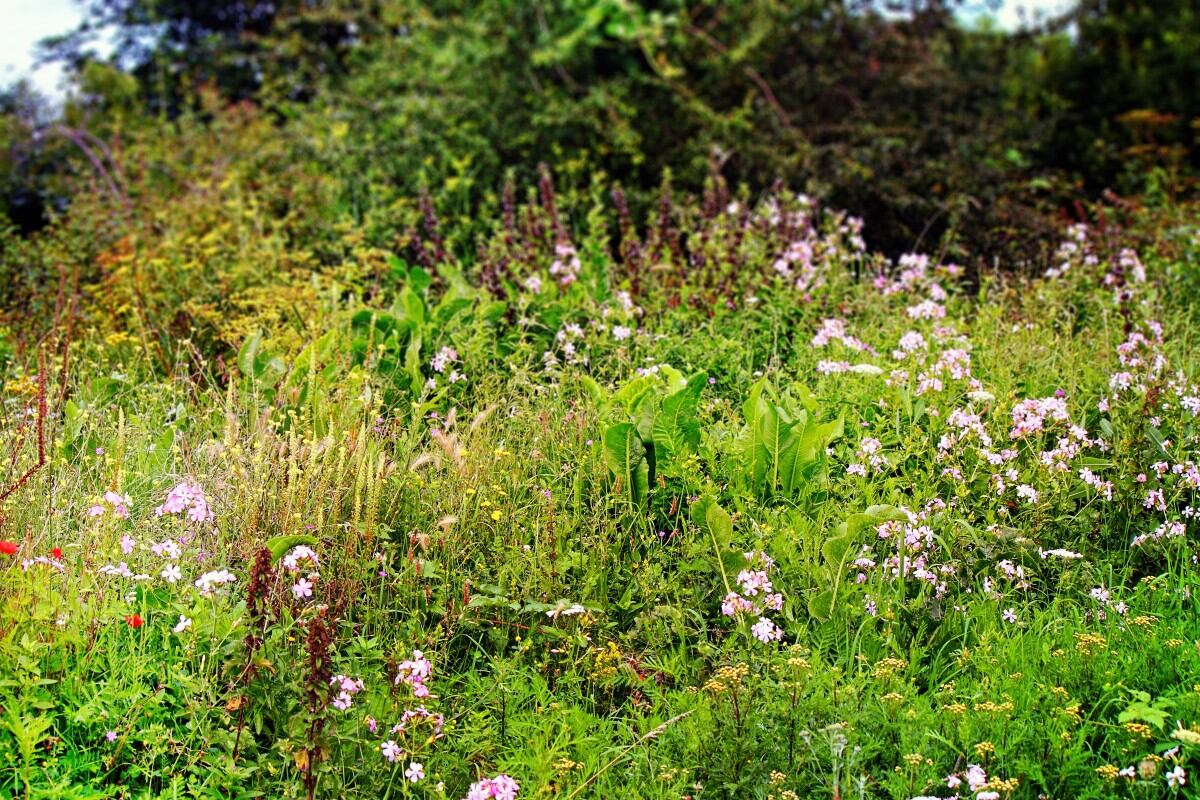

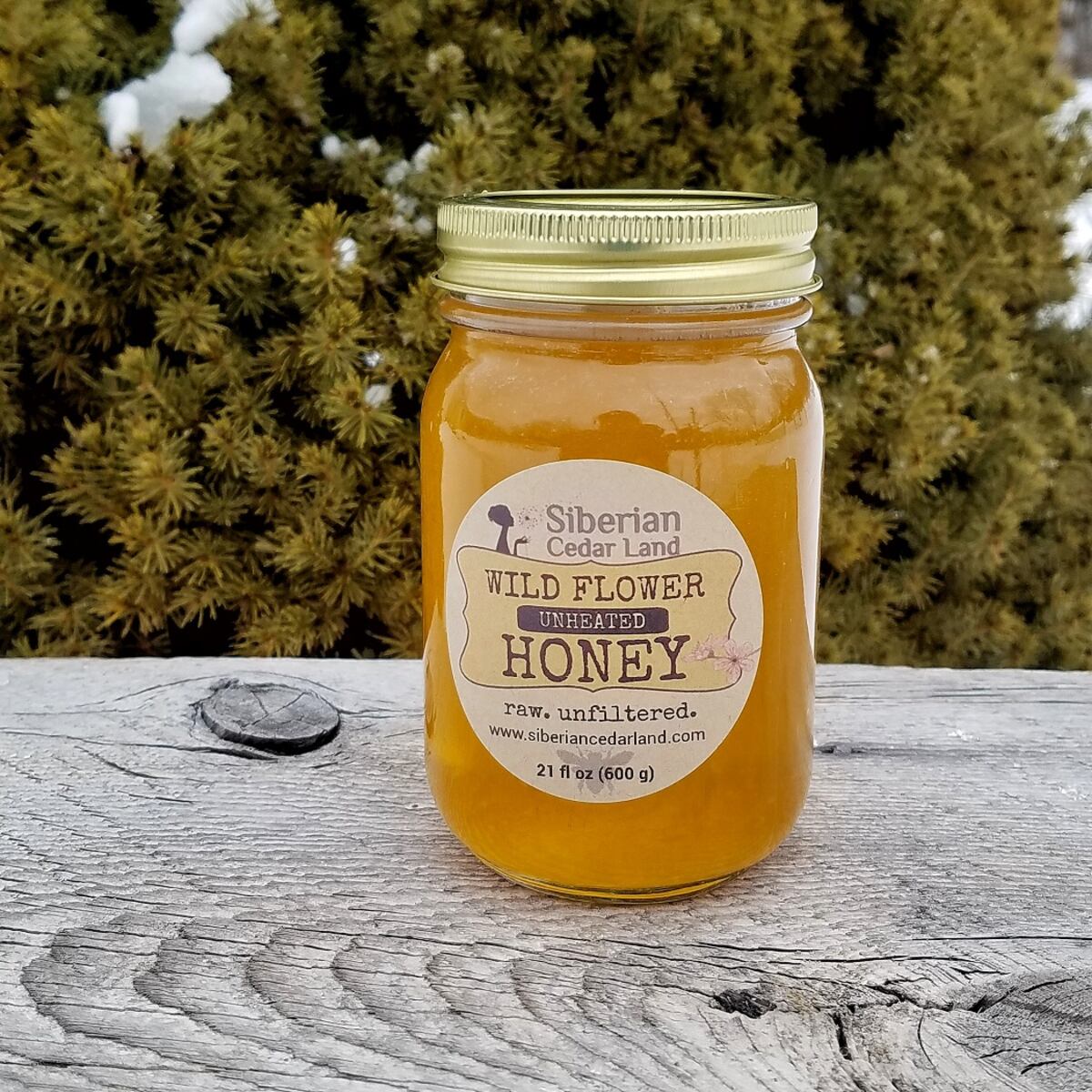


0 thoughts on “What Is The Florida State Wildflower”